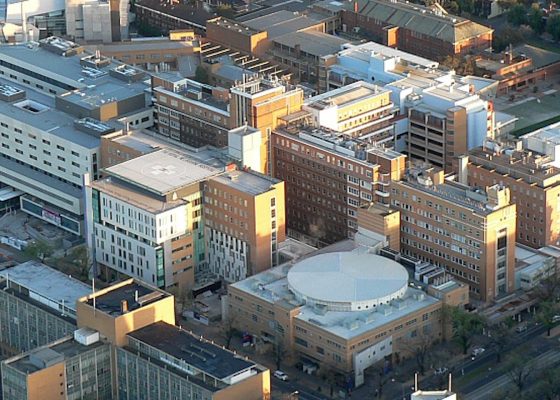Almost half a century since the satirical comedy series debuted, life is not so different in Australia’s hospitals.
In 1981 the BBC broadcast an episode of Yes Minister called The Compassionate Society, which has become known as the “hospital with no patients” episode.
At one point Jim Hacker is ranting to Sir Humphrey about a brand new shiny hospital which is winning hygiene awards, largely because it has no patients.
“Well, I suppose we could form and interdepartmental committee to examine the feasibility of monitoring a proposal for admitting patients at an earlier date, Minister,” says the public servant.
It’s funny because it’s true.
“There’s so much resemblance to what’s happening in our state-funded health systems today, and there appear to just be too many administrative barriers to good healthcare,” said Dr Sue Velovski, a specialist general surgeon at St Vincent’s, Lismore.
“[Clinicians] always thought the health departments’ reason for being was to provide the best possible health outcomes for patients,” she said.
“Not to win elections, not to provide jobs for healthcare providers and administrators, not to meet purely administrative or budgetary goals and KPIs, or to build personal empires.
“When we go with a problem and offer a solution, we often get an inexplicable answer.
“When you look at [that clip from Yes Minister], what does that sound like? Well, in 2025 we’re probably going to have another surgical services taskforce to reduce waitlists, but without too much clinician involvement.”
Dr Velovski was speaking on a panel discussing takeaways from the previous day’s workshop on digital technologies and the prospects of connecting care across health settings.
“That would be our medical and surgical utopia,” she said.
“It’s not going to happen fast. It’s not going to happen fast for our patients.”
Related
Dr Velovski quoted Yes Minister again, citing Sir Humphrey rebutting the Minister’s plea to get the hospital to produce patient-based outcomes.
“He said, ‘oh, Minister, we don’t measure our success priorities by patient results, but we measure it on activity, and activities … that don’t necessarily rely on patients’.
“Medicare and Medibank were built to provide health to those most vulnerable within our society, and I think we’ve forgotten that,” she said.
The KPIs being used by the states to measure hospital outcomes are divorced from what is happening to patients at the coalface, she went on to say.
“When I left Lismore [yesterday], there were 52 people waiting in emergency for emergency treatment.
“Sometimes the [clinicians] would be very proactive and examine the patient in the ambulance bay or in the ambulance ramp, and they say, oh, we can’t.
“We’ve been told we can’t shift the patient into the hospital until there’s a bed found.
“And I’m like hospital bed? They need emergency surgery, they’ve got peritonitis.
“The [KPI] clock doesn’t start ticking until they get that hospital bed. The KPI … has got nothing to do with patient outcome.
“Every hour of sepsis equals 10% morbidity, which equals surgical site infections. Why do you have higher surgical site infections in New South Wales? Maybe it’s because people wait for four hours in an ambulance.”




